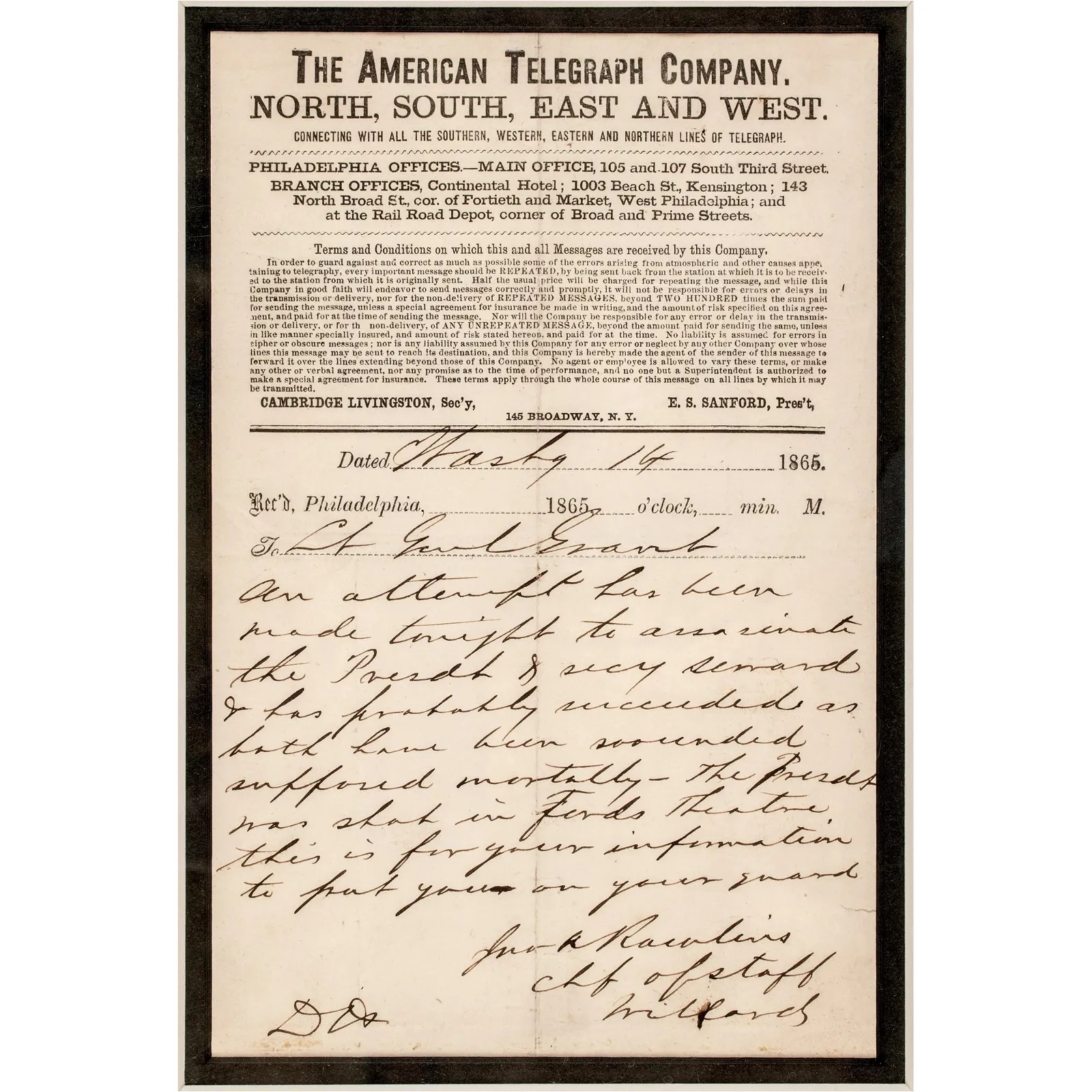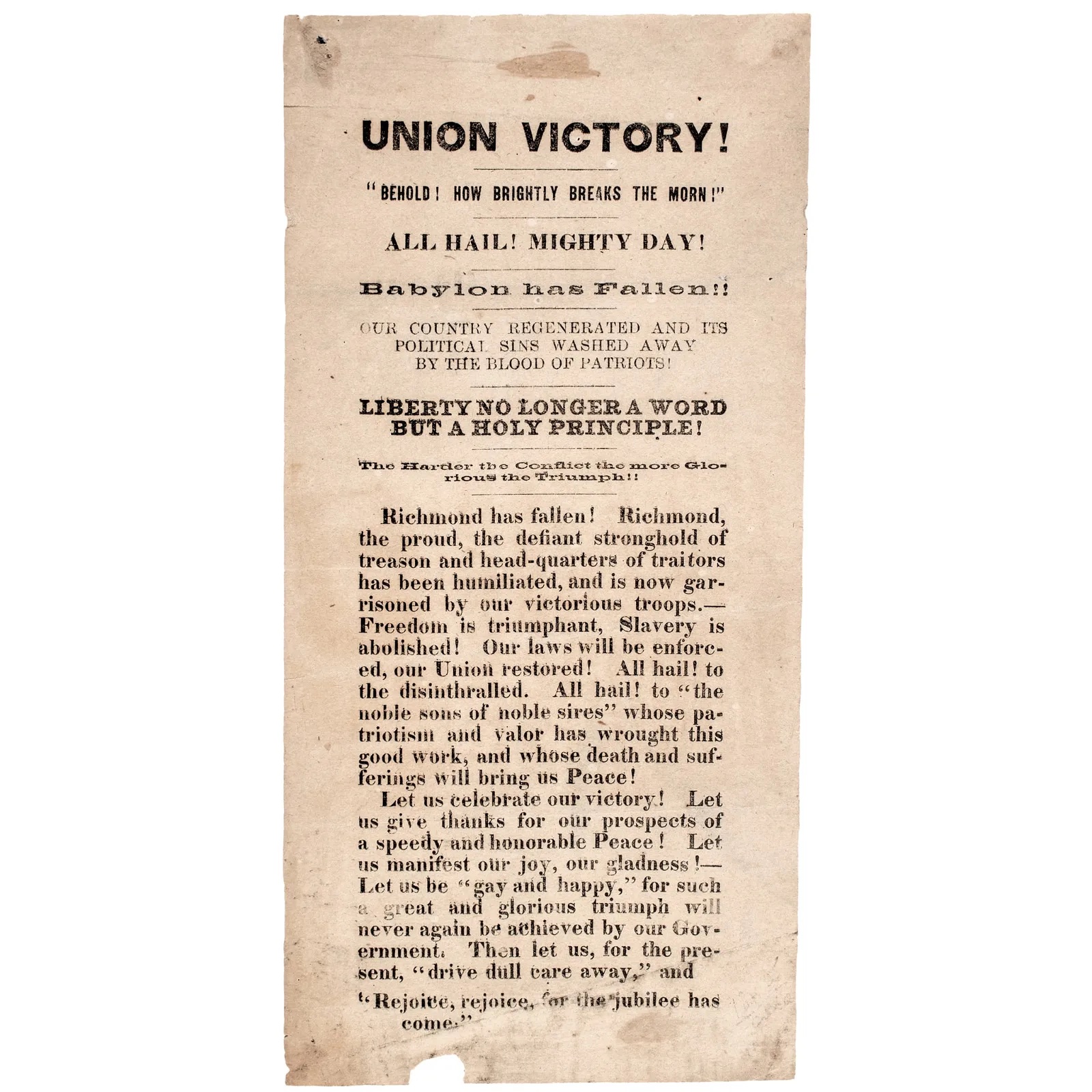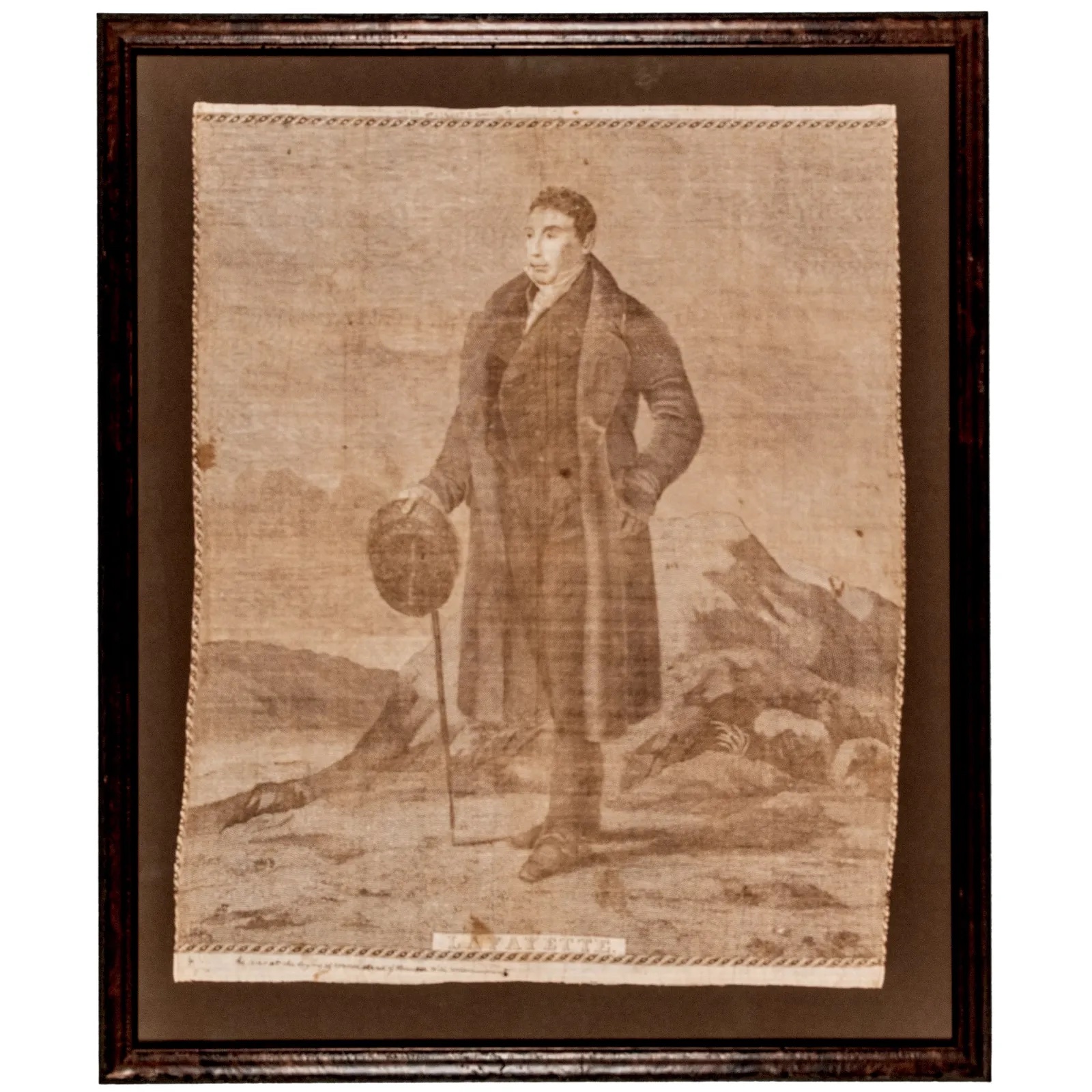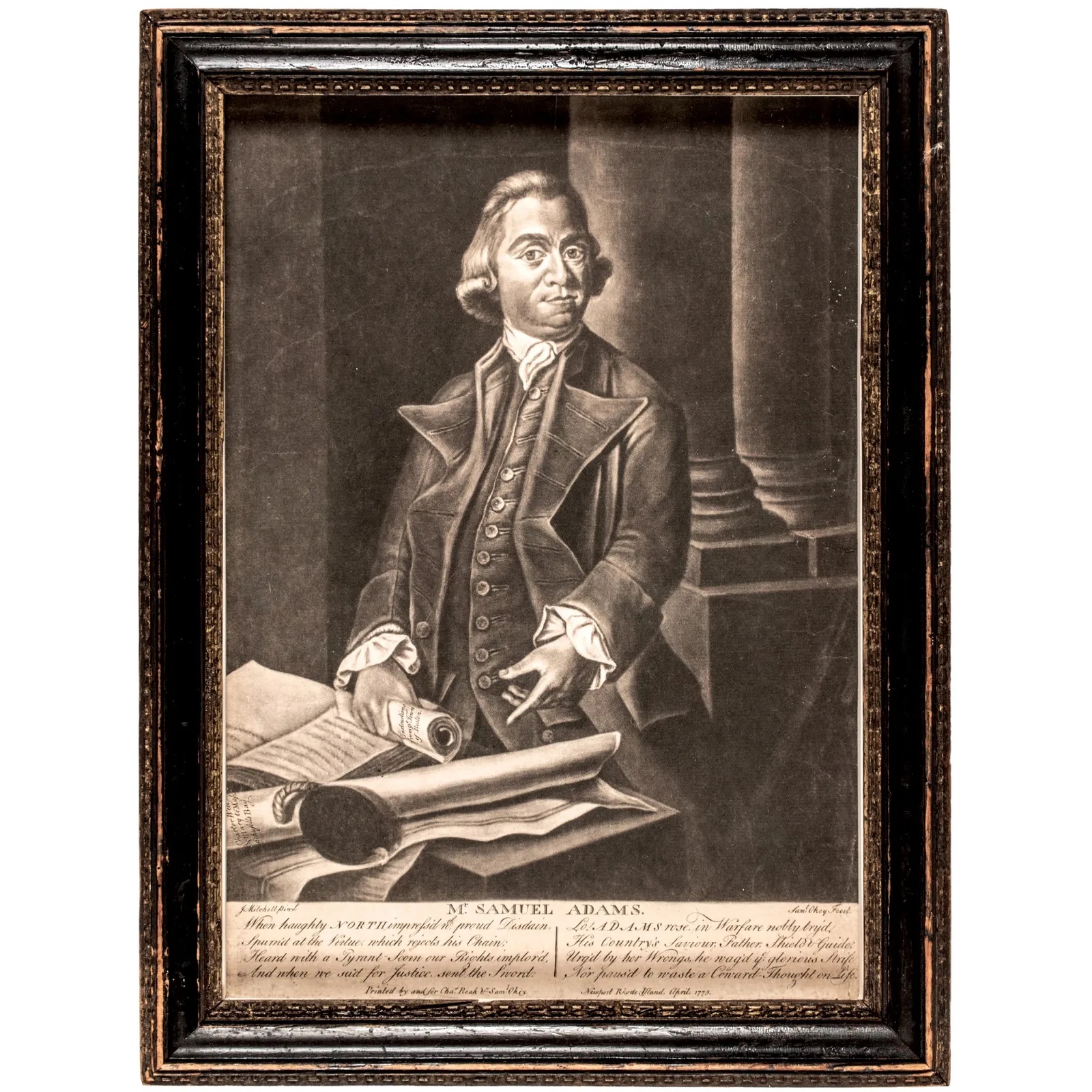WINCHESTER, Va. — Nearly 240 lots of historic artifacts — some dating to the Revolutionary War — head to market Saturday, March 30 at Early American History Auctions. The complete catalog is now open for review and bidding at LiveAuctioneers.
With Robert E. Lee’s surrender at Appomattox just five days earlier, President Abraham Lincoln asked Lt. General Ulysses S. Grant and his wife to accompany him and Mrs. Lincoln to Ford’s Theater to see My American Cousin. Grant’s war-weary wife asked her husband instead to visit their cottage in Burlington, New Jersey, so the Grants politely declined and boarded a Pennsylvania Railroad private coach headed north. As the train pulled into the PRR’s Philadelphia station, a telegram clerk rushed the coach and asked the conductor — who had wisely locked the door with his pass key — to open it so he could hand Grant this American Telegraph Company (precursor to AT&T) telegram he had just received. It read, in the clerk’s hand:
Dated Wash(ington) 14 1865. — Red’d, Philadelphia (no time recorded)
To Lt Genl Grant — An attempt has been made tonight to assassinate the Presdt & secy Seward & has probably succeeded as both have been wounded suffered mortally – The Presidt was shot in Fords Theatre, this is for your information to put on your guard — (Signed) Jno (John) A(aron) Rawlins chf of staff
Grant’s wife Julia’s desire to go on a much-needed restful getaway probably saved their lives, and there is some speculation one of John Wilkes Booth’s accomplices had tried to enter the locked coach to assassinate Grant. Indeed, when taking a private carriage to the train station in Washington, they were likely stalked by Booth. As Julia related in her memoirs, a man “at a sweeping gallop on a dark horse” rode past their carriage, glaring at General Grant, then turned his horse around and rode back past them, again glaring at Grant. This one-of-a-kind historic document is estimated at $20,000-$40,000.
Paul Revere, Jr. (1734-1818) is best remembered for his fateful night ride alerting the Minutemen to the advance of the British Army, but he was also known for his silversmith business. This spoon dates to 1780, is marked REVERE, and is hand-inscribed by Revere with W W*M to LW. The lot is estimated at $12,000-$18,000.
The fall of Richmond, capital of the Confederate States of America, marked the collapse of the political and military center of the Confederacy. The rebel government fled Richmond on April 3, 1865 as Union forces occupied the city. Only days later, on April 9, 1865, General Robert E. Lee surrendered to Lt. General Ulysses S. Grant at Appomattox Court House, effectively ending the Civil War. This broadside marks the occasion with UNION VICTORY! and similar celebratory language. It is estimated at $10,000-$20,000.
French General Gilbert du Motier, Marquis de Lafayette, played a key role in the Revolutionary War when General George Washington gave him command of the Continental Army. Lafayette won the siege of Yorktown, the decisive and final victory of the war. In 1824, Lafayette attended the laying of the corner stone of the Bunker Hill Monument. This portrait textile depicts the elderly Lafayette in attendance and the house notes this example is not listed in Threads of History, the Smithsonian publication. It carries an estimate of $4,500-$6,500.

April 14, 1865 telegram informing Ulysses S. Grant of Lincoln's assassination, estimated at $20,000-$40,000 at Early American.

Paul Revere, Jr. spoon, estimated at $12,000-$18,000 at Early American.

Civil War-era broadside declaring the fall of Richmond, Va., the Confederate capitol, estimated at $10,000-$20,000 at Early American.

French General Gilbert du Motier, Marquis de Lafayette portrait textile, estimated at $4,500-$6,500 at Early American.

Samuel Adams mezzotint portrait, estimated at $15,000-$20,000 at Early American.

